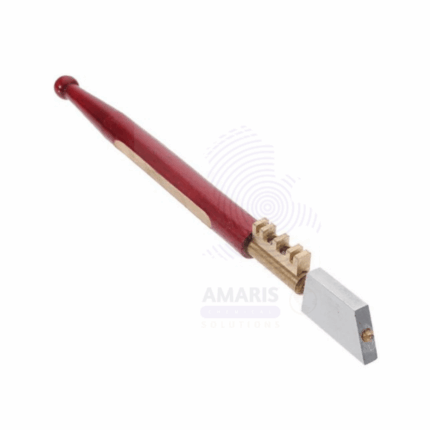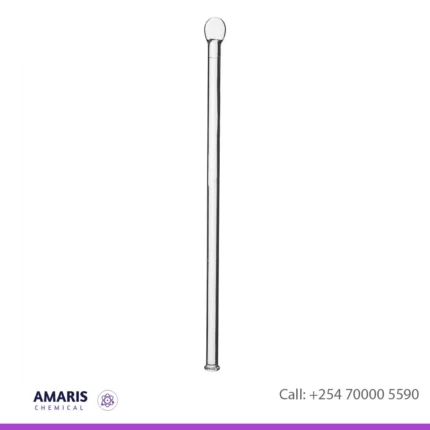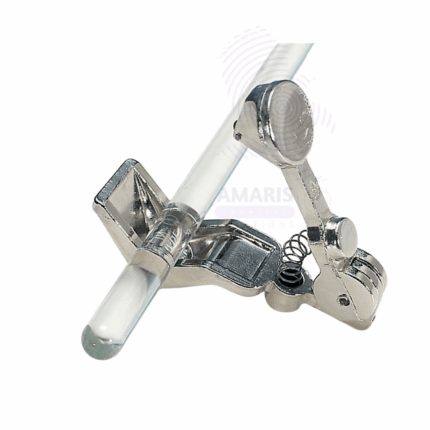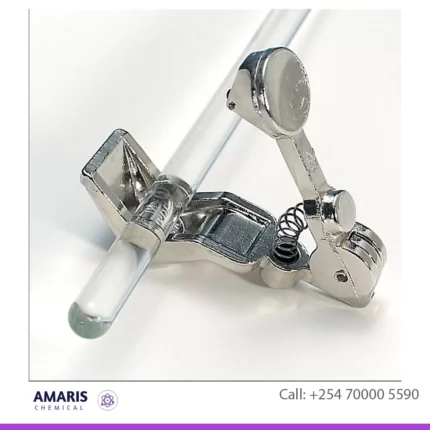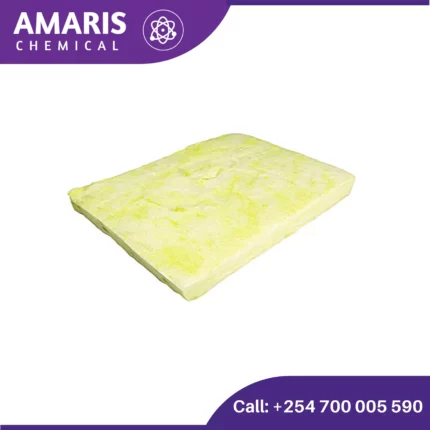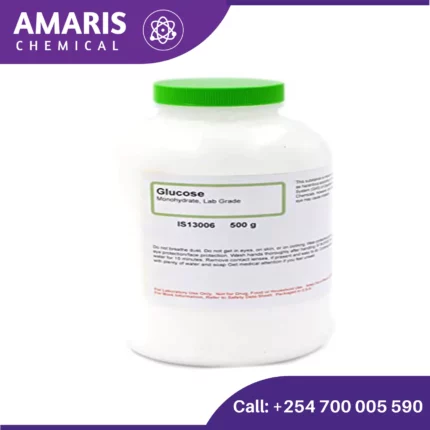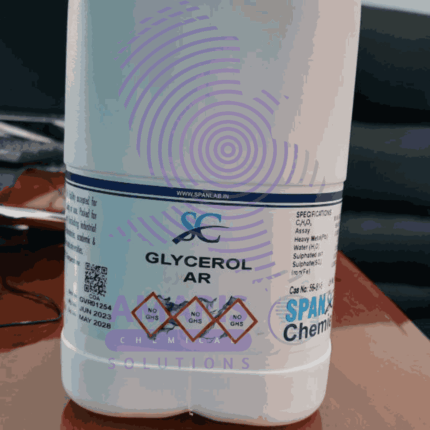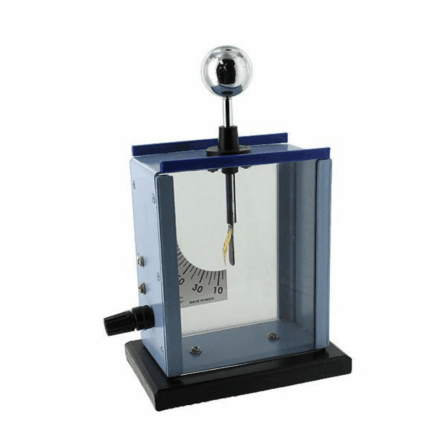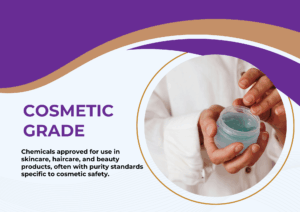Glass Cutter Diamond Pencil
A glass cutter diamond pencil is a specialized tool commonly used in laboratories for precision cutting of glassware. It consists of a small pencil-shaped handle with a diamond-tipped blade at one end. The diamond tip is extremely hard and sharp, capable of scoring and cutting glass with precision.
In laboratory settings, glass cutter diamond pencils are frequently used for tasks such as cutting glass tubing, glass plates, or other glassware to specific lengths or shapes needed for experiments or analysis. The diamond tip allows for clean and accurate cuts without shattering or damaging the glass, making it an essential tool in many scientific laboratories.
Glass Funnel
A glass funnel is a laboratory apparatus used to transfer liquids or fine-grained substances into containers with narrow openings. Here are some key details about a glass funnel:
Description
- Material: Typically made of borosilicate glass, which is resistant to thermal shock and chemical corrosion.
- Shape: Consists of a conical upper section (the wide part) and a cylindrical lower section (the narrow stem).
- Size: Comes in various sizes, typically described by the diameter of the top opening and the length of the stem.
Glass Trough
A glass trough is a versatile piece of laboratory equipment commonly used in various scientific experiments and demonstrations. Here are some key points about glass troughs:
Description
- Material: Made from high-quality borosilicate glass, which is known for its durability and resistance to thermal shock.
- Shape: Rectangular or square in shape with open tops, allowing easy access to the contents.
- Size: Comes in various sizes, typically with a depth sufficient to hold a significant volume of liquid.
Glass tubing cutter file
A glass tubing cutter file is a tool used in laboratories to cut glass tubing cleanly and accurately. It consists of a small, pointed metal file with a fine abrasive surface.
Here's how it's typically used:
- Prepare the tubing: Measure the length of tubing needed and mark it with a pen or a glass marker.
- Score the tubing: Gently scratch a line around the circumference of the tubing at the desired cutting point using the glass tubing cutter file. This creates a weakened line along which the tubing will break cleanly.
- Break the tubing: Once the tubing is scored, gently snap it along the line by applying pressure evenly on both sides of the score mark.
Glycerol AR 2.5 liters
Glycerin, also known as glycerol, is a colorless, odorless, viscous liquid that is sweet-tasting and non-toxic. It is a type of alcohol with three hydroxyl (OH) groups, and is commonly used in various industries such as pharmaceuticals, cosmetics, food, and personal care products. Glycerin has numerous applications, including as a solvent, humectant, emollient, and lubricant, among others. It can be derived from both plant and animal sources, and is also produced as a byproduct of soap and biodiesel manufacturing.
Gold Leaf Electroscope
A Gold Leaf Electroscope is a classic scientific instrument used to detect the presence and magnitude of electric charges. It typically consists of a metal rod with a conducting knob at its end, enclosed within a transparent glass or plastic case. Two thin gold leaves are attached to the bottom of the rod. When a charged object is brought near the knob, electrons either flow into or out of the leaves, causing them to repel each other and diverge. This divergence indicates the presence of an electric charge


